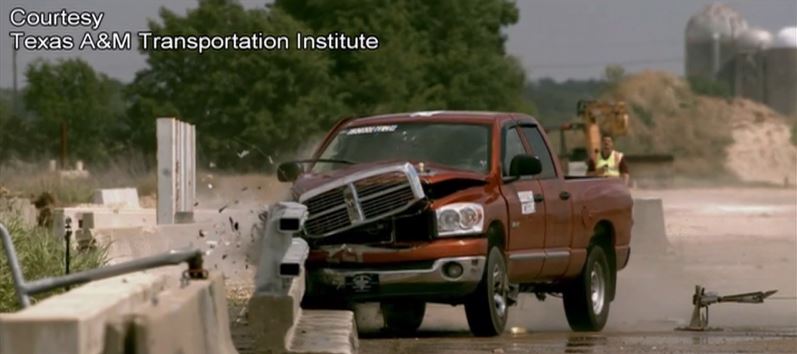HOUSTON -- It's something most drivers don't think about.
"Just really take it for granted for the most part," said Rosie Munoz, a driver.
They count on it.
"At slow speeds I'm sure they do what they're supposed to do," said Matt Bobbitt, another driver.
However, during a crash how safe are the guardrails on the highways you drive?
"I'm sure at certain speeds they're just decoration," said Bobbitt.
KHOU 11 News found out guardrails in Texas are not individually inspected. Only rails that are a part of bridges are checked every two years. Even then, it's not a safety evaluation; it's just a simple yes or no if it meets the design standard.
"It's somewhat of a balancing act," said Dean Alberson, who spoke with KHOU 11 News via Skype from Texas A&M's Transportation Institute. He says most guardrails in the state are tested to support a pick-up truck going 62 miles per hour, an average they took from accident reports.
"School buses when they happen are very catastrophic events, but they just don't happen very often," Alberson said.
Researchers say that's why they don't do as many crash tests for larger vehicles. There are some guardrails specifically designed to handle 18-wheelers, but they aren't put everywhere because there's a price.
"People feel claustrophobic, extra tall really closed up railings may work on some of those taller vehicles," said Alberson.
TXDOT doesn't make their inspection reports public, creating more of a challenge for you to find out which guardrails are safe.


